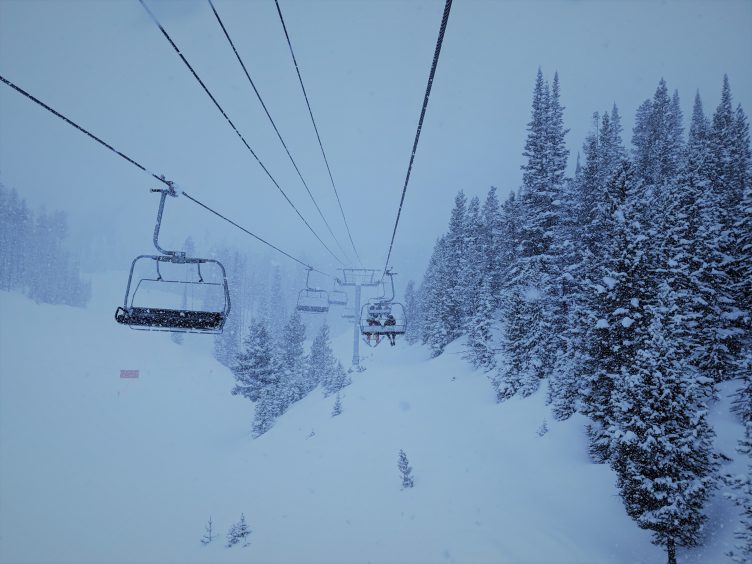
We had fresh powder every day in Big Sky, Montana during the conference.
I needed continuing education credits to renew my registered nursing license. After looking through various online options, I wasn’t inspired by any of the offerings in my specialties of oncology or informatics. My friend, Glenn, an emergency room physician, mentioned that he was going to a wilderness medicine conference and the lightbulb went off. I could get education in the subject I loved most—wilderness! I’m already Wilderness First Aid (WFA) certified and loved the idea of building on that. By the way, I highly recommend two-day WFA training from REI, NOLS, Foster Calm or other sites. I spent enjoyable hours researching every possible angle on wilderness medicine offerings, finally landing on the Wilderness Medicine Conference. It is held in several locations each year but I knew which one my husband would enjoy as the tag-along spouse. What could be better than education and skiing in Big Sky, Montana? As predicted, he was 100% onboard. In fact, he was so excited that he planned a big driving loop so we could ski in Park City, Jackson Hole, Big Sky, Red Mountain and our regular week in Whistler, almost all using our Epic and Ikon season passes. We spent an enjoyable month on the road.
The five-day conference was exciting for several reasons.
- The location at Big Sky was a draw
- The topics ran the gamut of travel, wilderness, expedition lectures and hands-on workshops
- The speakers were incredibly inspiring and represented some of the most extreme adventure locations
- The keynote speaker was David Breshears, explorer, adventurer, mountain climber and filmmaker of the IMAX film, Everest
- For those who want to fill up the ski time with more education, a separate certification program is available: Advanced Wilderness and Expedition Provider (AWEP)
I learned how to suture (using chicken breasts), use a hand-held ultrasound probe, reduce fractures and dislocations, make a litter out of camping materials and a backpack out of climbing rope. We skied every day in fresh, falling powder and scurried to the heated chairlift whenever we were chilled. The schedule was intense to fit it so much content AND provide time for skiing but we’re tough.
- 7-10 am: lecture
- 10-4 pm: skiing
- 4-6:30 pm: lecture
- 6:30- 8 pm: dinner break
- 8-10 pm: lecture
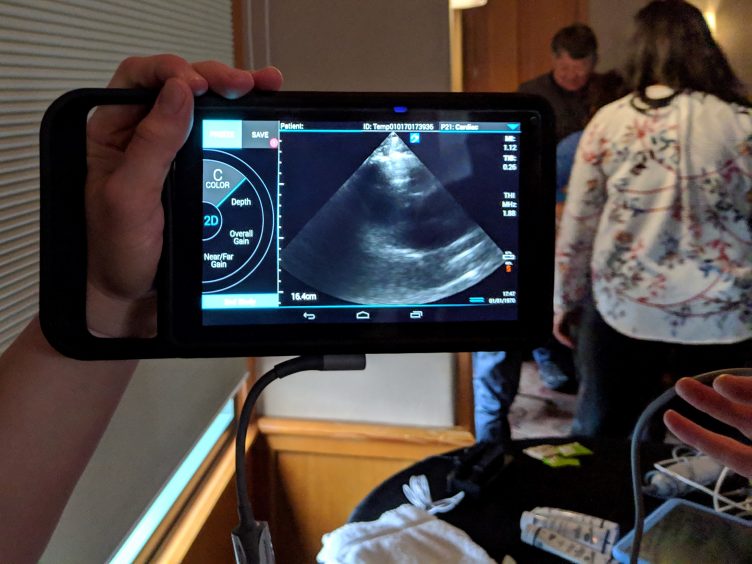
The handheld ultrasound is a huge advance. Plug the probe into a tablet and you have x-ray vision!
Ten Amazing Tips
There were so many mind-blowing factoids I learned that I filled up a notebook with old-fashioned scribbling. Here are the top ten pearls of wisdom that stayed with me.
- Honey is nature’s Neosporin (honey has antimicrobial properties). In fact, they sell medical grade honey but any honey will work. Link to article.
- Single-dose EpiPens have up to six full doses (you just have to break the device apart). View YouTube video.
- Bottled water in foreign countries may not be what you think. Several studies confirm that quality varies quite a bit, even if the bottles haven’t been refilled using tap water, with bacterial contaminants higher than considered safe. You’re better off with carbonated beverages, which have a lower pH. Go ahead—brush your teeth with beer (or carbonated water). I’ll be using my SteriPen on bottled water from now on. Bottled water is still generally cleaner than tap water. Link to Nepal article. Brazil article. India article. Nigeria article.
- Jute makes the best fire starter compared to an array of popular items. Take a short length of jute string, pull the strands apart and light it up.
- Dermabond is what many doctors use in the wilderness to close a wound instead of sutures (stitches). First, it’s not necessary to close a wound at all if it is cleaned and dressed properly but Dermabond is easier than suturing in the wild. Also, for scalp wounds, tie hair across the cut. View Dermabond YouTube video. Another video.
- Cavit does the trick if your tooth filling falls out.
- Bring pain meds and sedatives. “You can’t always save a person but you can make them more comfortable.” Ketamine evangelists were everywhere and most presenters who talked about pain mentioned it.
- The Eddy Method of stream crossings is one safe method. Create an eddy when crossing a stream by having the strongest person go first. Have the second person follow closely behind in the small eddy formed behind the first person.
- If you have an unconscious victim, we know to put them on their side in the recovery position. If you’re by yourself and you need to turn them over, use one or two safety pins to pin their tongue to their lip to protect their airway. View YouTube video.
- Just bring water to a boil to purify and forget all the controversy about how long. Most microbes will die as the water is being heated—there’s no magic number of minutes and it uses a lot of fuel to maintain a boil. If you are concerned, bring to a boil, turn off the flame and let the hot water sit for a few minutes. There are still some nuances so this is good advice in the Sierra but Everest elevations or murky water overseas may require more time.
- Afrin nasal spray contains oxymetazoline, which constricts blood vessels and stops nose bleeds.
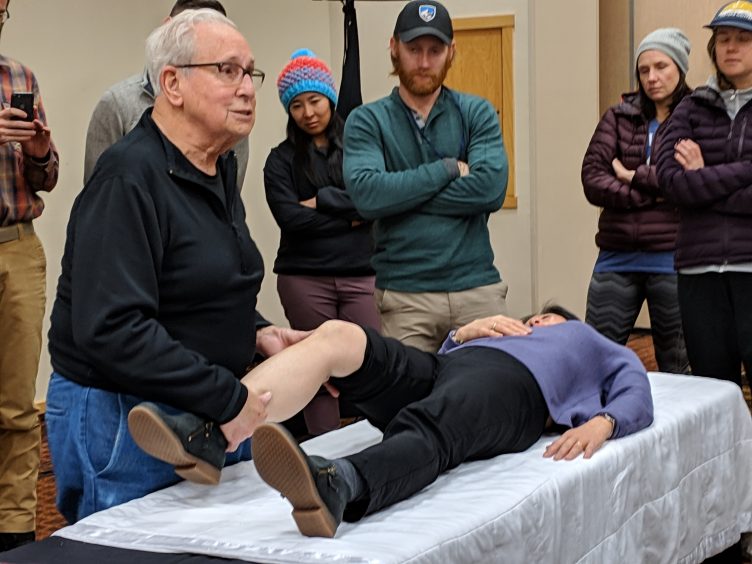
Dr Serra taught us how to reduce dislocations and fractures
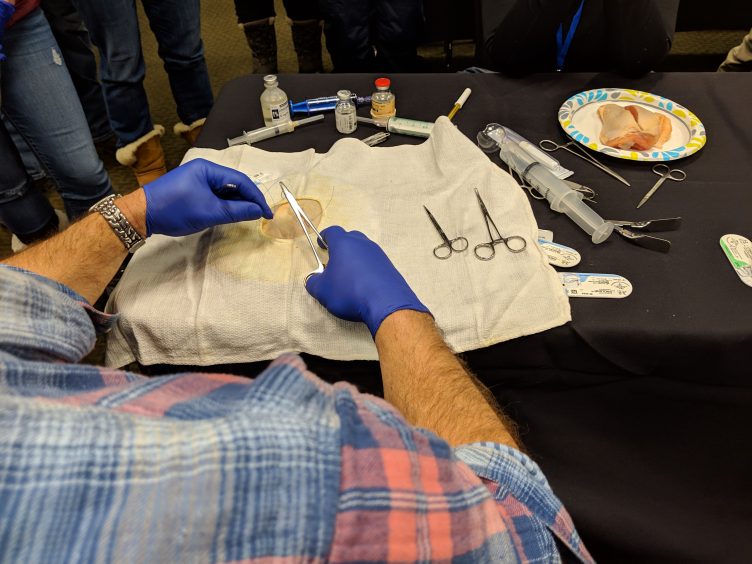
Lanny Johnson taught the suture clinic.
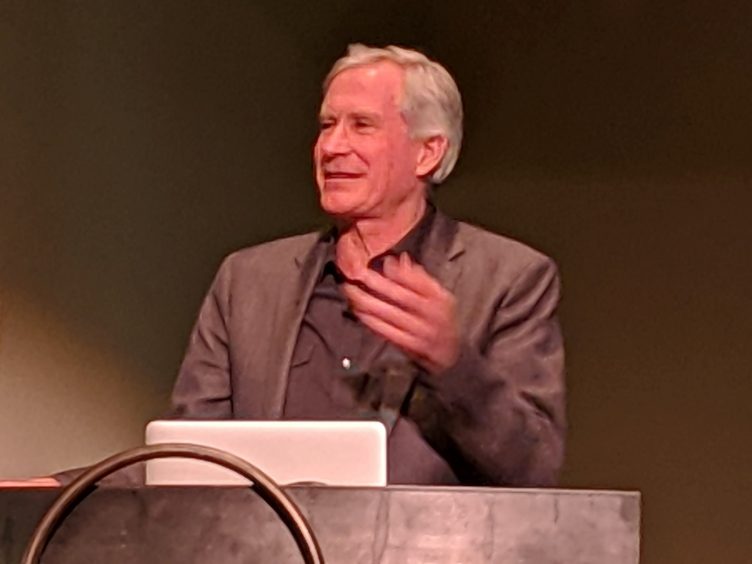
David Breshears (IMAX “Everest” filmmaker) was the keynote speaker.
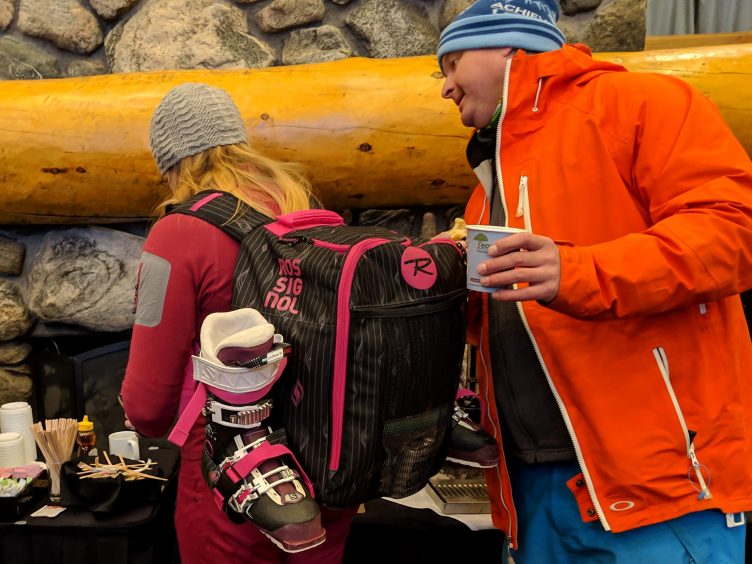
Conference attendees were ready for slope side action.
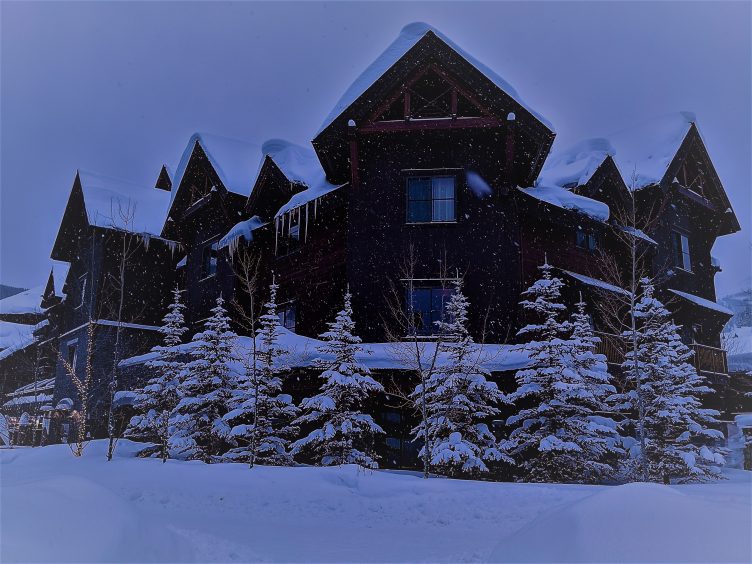
The lodging was lovely
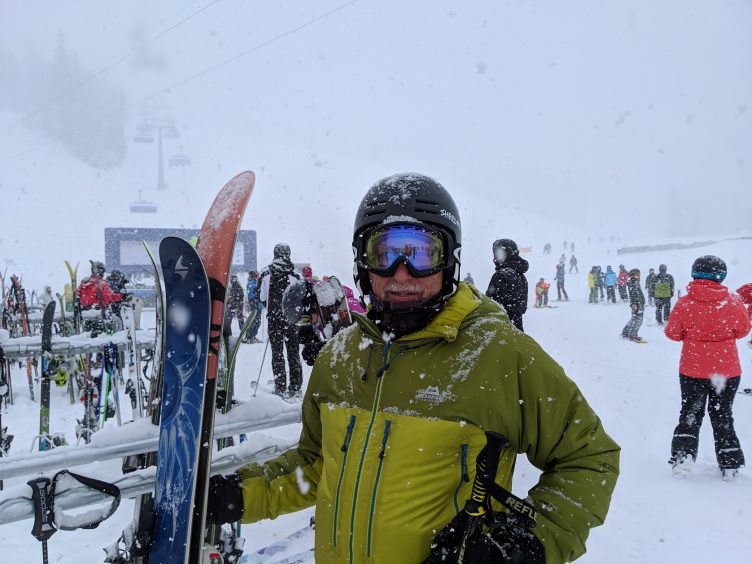
Steve enjoyed the skiing








 Previous Post
Previous Post

Kim Ahrens says:
I loved all of your tips! Especially the one about honey! Glad to hear and see that you had a wonderful trip.
Ernie Castiaux says:
Great Tips. Thanks for sharing.